Exercise 21
Discovering your swara
Difficulty level – 1 (easy)
Time commitment : As indicated throughout the day
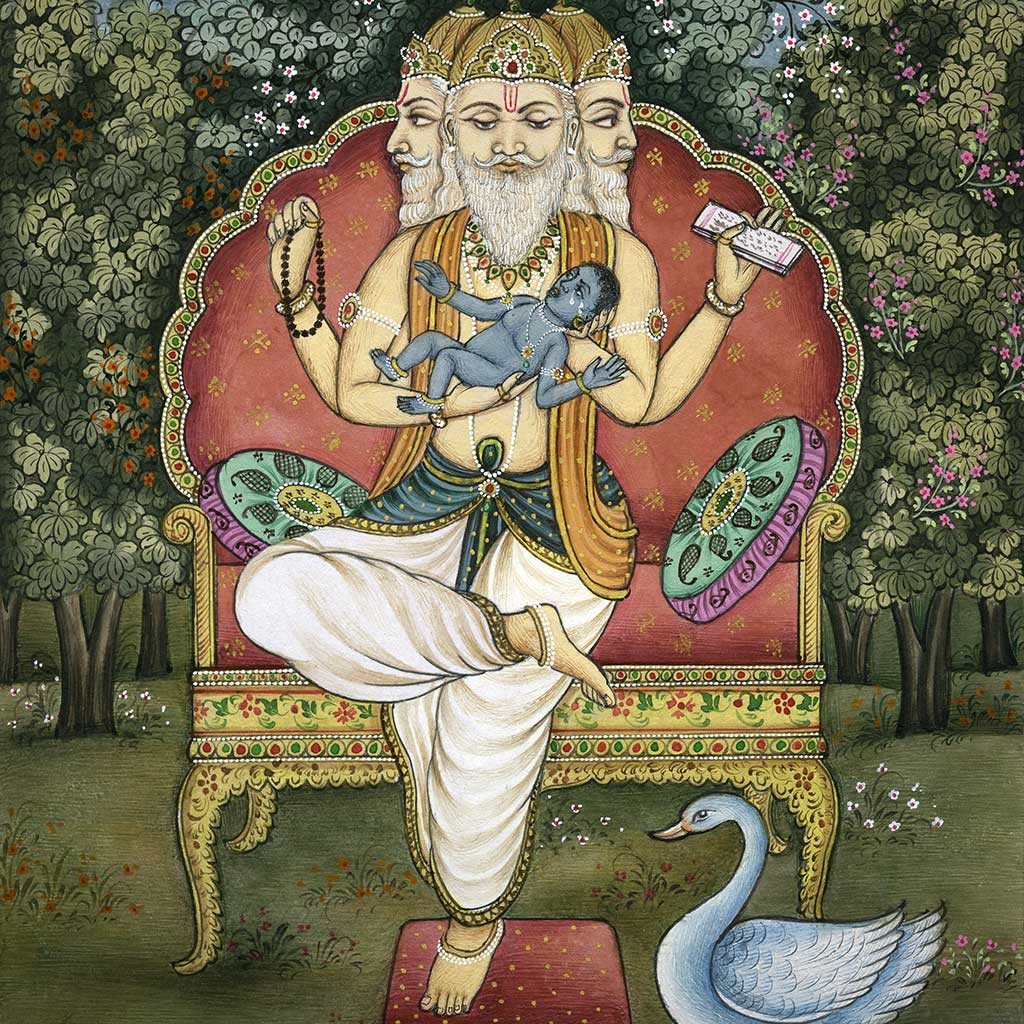
We spoke about knowing the breath, through a preliminary exercise, and we practiced Chandra-bhedana prānāyāma as well. We spoke about preparing for death, and today, the last day of the sadhana exercise series, we will speak about preparing for rebirth, by rediscovering how our breath works.
A few points to note:
- This is an exercise in awareness – and so will have to be done as often as you can, throughout the day.
- Keep a pen and small notebook (or Notes app) handy to record your findings.
- Be conscious of your feelings during recording your readings, and record them as well.
- Practice the “knowing your breath” exercise often during this period. However, any exercise you do may interfere with the readings, so mark them carefully. For instance, an HIIT workout is intense, and hence may cause you to breathe heavily, through both nostrils and even your mouth. Do not record these kind of readings.
How you do it
How to record a reading
Hold your palm below your left nostril and breathe normally…now hold it below your right nostril. You will feel a stronger flow of air from one nostril – this is the one that is open, or dominant at that time. Another way is to close one nostril and breathe out through the other, and then listen for the pitch of the right and left exhalations. A deeper sound indicates an open nostril, and a higher pitch indicates the closed nostril. Note the dominant nostril, the date and time of the day, and your mood (happy, sad, anxious, peaceful).
If the left nostril is dominant, it is the ida swara; if the right is dominant, it is the pingala swara. If both flow equally, then record it as the sushumna, or the shoonya swara.
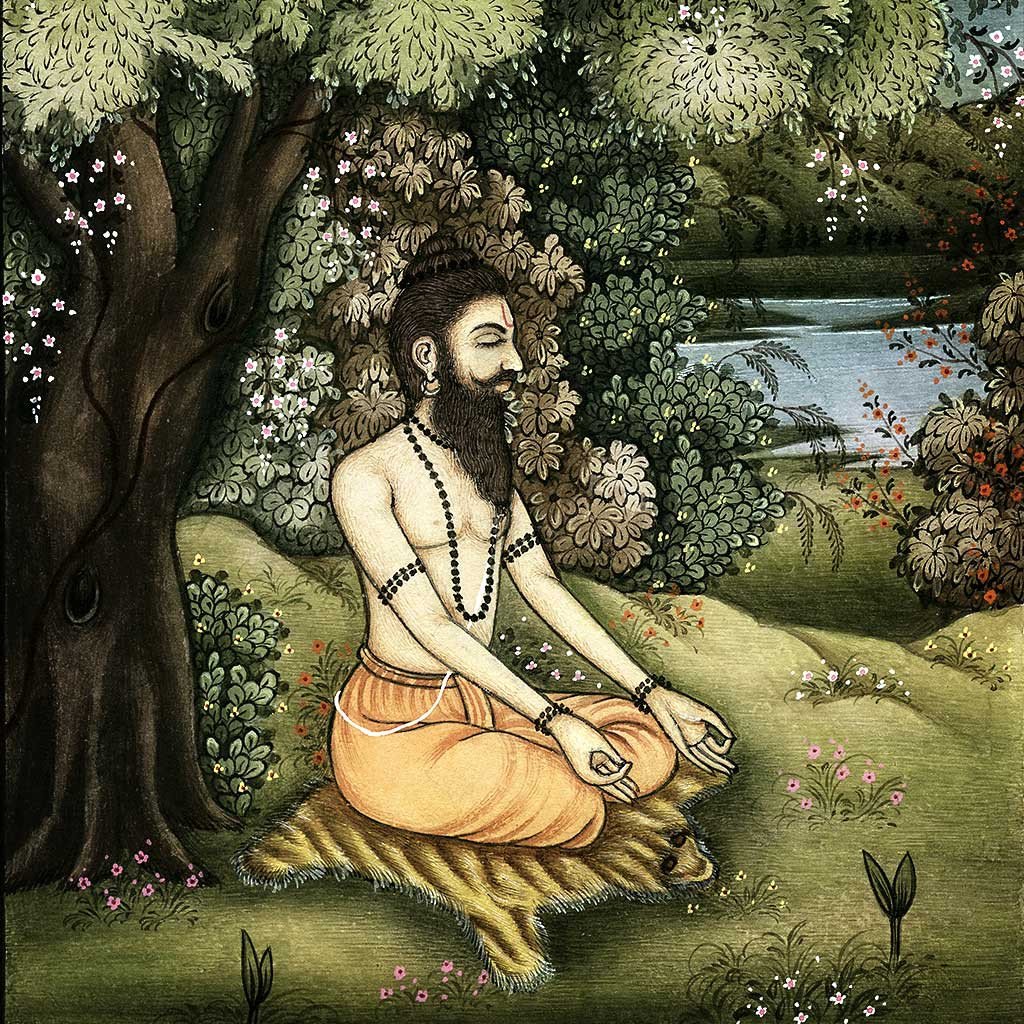
Also notice the extension of the breath. For instance, when you perform a heavy exercise, you breathe in short, heavy spurts, and your breath extends more than a foot or two from your body. When you are calm, your breath is much longer, and doesn’t project as much from your body. Yogic texts state that the normal length of exhalation in a healthy person is 10 angulas or 7 inches. Use a trial and error method to arrive at a measure – you don’t need to take a scale and get down to it.
Times of measurement
Ideally, every hour, for at least 3 days. If this sounds too cumbersome, once in 2 hours is fine, but your findings will not be as accurate. Remember, you are measuring a fundamental process that keeps you alive – surely you can spend 30 seconds an hour to work on it?
At the least, take these measurements when you wake up, before and after you eat, before and after you perform any exercise, and during extreme moods (happy or sad).
That’s it! Three days of dedicated recording, and then tabulate your findings. If done correctly, you will recognise patterns.
- On some days, your ida swara is dominant when you wake, on other days, it is the pingala. This also depends on how close to sunrise you wake up. The closer you are, the better the accuracy of the recorded pattern.
- The dominant nostril switches every 60-90 minutes. For example, when your ida is dominant in the first hour, your pingala becomes dominant during the following hour, and so on.
- There is a point when you feel the shoonya swara, when air flows through both nostrils. This continues for 2-4 minutes only, and just before the switch happens.
- Any time you feel a strong emotion, the ida dominates.
- Any time you exercise, the pingala dominates.
- The shoonya swara may be dominant during your meditation exercises.
- The length of your breath decreases when happy and content, and extends when experiencing a negative emotion, such as anger.
- If you do this exercise over a month, you will recognise larger patterns – some days of the month, it is the ida dominant in the morning, and some other days, it is the pingala. This seems to follow a set pattern – consecutive days of ida and then pingala.
Prānāyāma is confused to be a synonym of breath. Prānāyāma can thus be thought of as āyāma of Prānā ( loosely translated as life force), where āyāma means expansion (and in some definitions, contraction as well). In other words, it is the manipulation of prānā – techniques to redirect, store and control it.
Ancient Indian sages also studied breath and prānā more intensely – they analysed every aspect of breath, and developed a science around it. This science is called Swara Yoga.
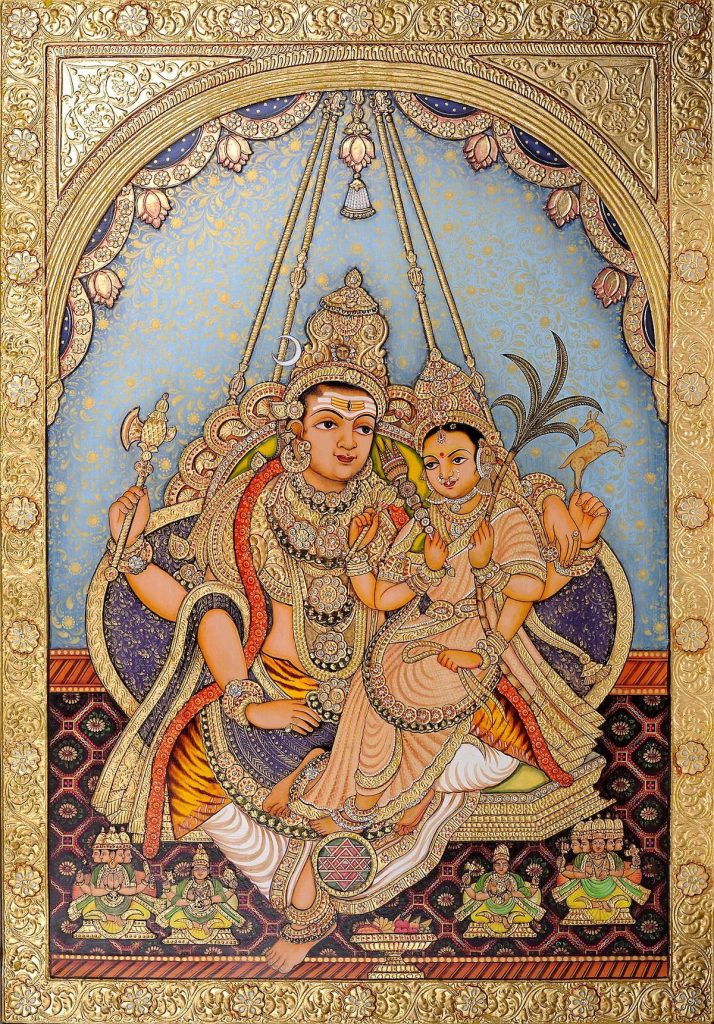
Swara means ‘the sound of one’s own breath’, and yoga means union. Swara yoga thus enables the state of union to be reached by the means of one’s own breath.
You may not have heard of Richard Kayser. He was a German scientist, who first ‘discovered’ the phenomenon of “nasal cycle” in 1895. Subsequent studies showed that the nasal cycle has a duration of anywhere between 60 and 90 minutes, and is controlled by the autonomous nervous system. In 1994, breathing through alternate nostrils showed effects on brain hemisphere symmetry on EEG topography as well.
The Shiva Swarodaya is an ancient Indian text, comprising 395 sutras. It is structured as a dialogue between Lord Shiva and Parvati, and describes the science of swara yoga in great detail.
The fact that we breathe alternately is very significant in swara yoga because it allows different swaras to flow at different times, thus influencing us in various ways by stimulating different energy centres in our body, and different aspects of our nervous system. The ida nadi, and consequently the ida swara, is connected to the right hemisphere, that governs art, creativity, intuition and emotion, while the pingala swara, connects to the left hemisphere, that governs logic, analytical thought, reasoning and language skills.
In effect, how you breathe controls the functioning of your brain.
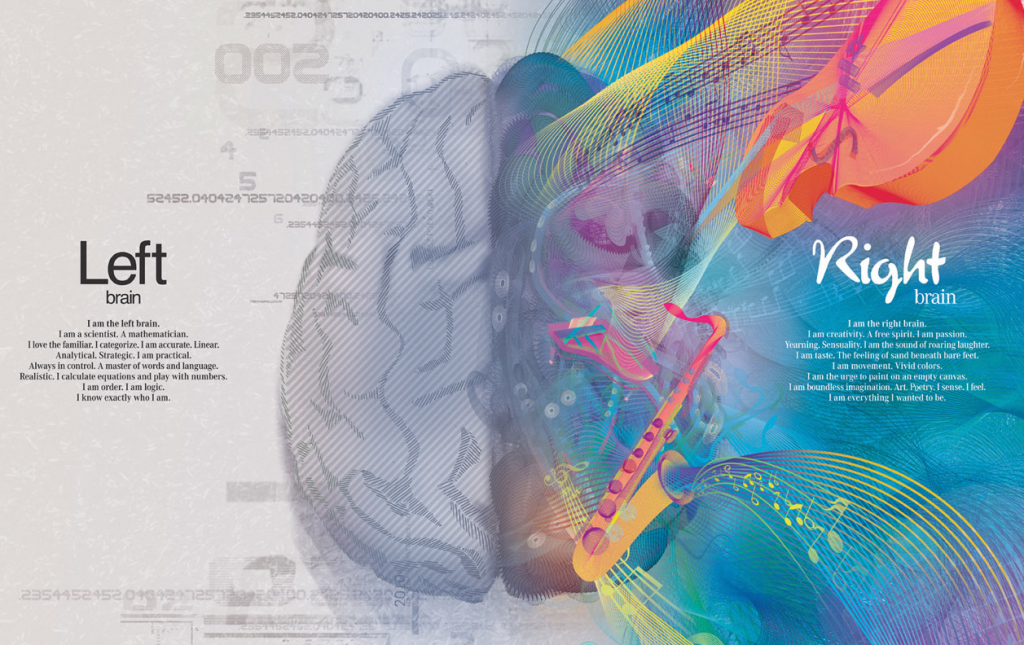
Dr. Swami Mudraroopa Saraswati describes the effect of ida and pingala on the brain, in detail. Our brain is composed of two hemispheres, the right and the left, and together they are responsible for all the functions in our bodies. Most of these functions are the same and symmetrical in both hemispheres, but some are specific to or predominant in one hemisphere only. The centre for speech, Broca’s Area, for example, is exclusively found in the frontal lobe of the left hemisphere. Also, understanding words, language and their meaning is primarily achieved through Wernicke’s Area, which is also located in this hemisphere of pingala activity. When our pingala is sluggish, we slide deeper into the introversion of ida and encounter difficulties in communication with other people, not being able to express our thoughts clearly, though they may seem very clear to us. On the other hand, the right hemisphere in the majority of the population is responsible for perceiving the emotional connotation of words and language, an ida activity. Hence, when we are too pingala or extroverted, we tend to miss fine aspects of non-verbal communication, not giving importance to the way some things are said and just paying attention to what has been said.
It may come as a surprise that such a basic fact was unknown to us for so long. We breathe more than 20,000 times a day, and we never looked at it so closely!
I will be exploring the science of swara yoga through a series of articles, and prānāyāmas.
Today’s exercise has been called ‘preparing for rebirth’ – waking up from the ignorance of not knowing our own bodies, to becoming aware of its subtleties, practising the right way of breathing and tuning ourselves to the sound of existence.
Do you remember the tuning fork experiment that we did in school? We hit the fork on a pad, and then felt the vibrations, placed it on another fork, which started to vibrate as well…in effect, we transferred the vibrations from one fork to another, so that both vibrations were in resonance…In the same manner, recognising the swaras, and aligning them to the natural processes, will enable us to resonate with nature, with existence…until we are in resonance – and there is no differentiation between us and the cosmic.
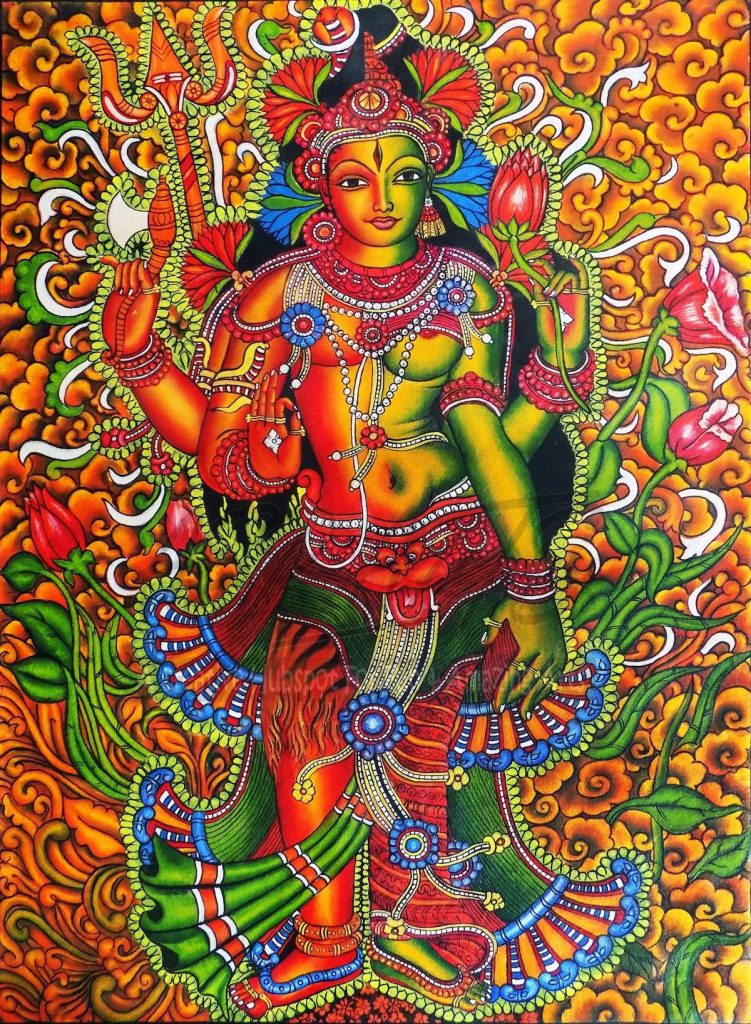
आत्मन एष प्राणो जायते । यथैषा पुरुषे छायैतस्मिन्नेतदाततं मनोकृतेनायात्यस्मिञ्शरीरे ॥ ३ ॥
ātmana eṣa prāṇo jāyate | yathaiṣā puruṣe chāyaitasminnetadātataṃ manokṛtenāyātyasmiñśarīre || 3 ||
Prasna Upaniśad Mantra 16
This Prâna is born of the âtman. As this shadow in the man, so is this in the âtman. By the act of the mind, this comes into this body.
अथ स्वरम् प्रवक्ष्यामि शरीर स्थस्वरोदयम्
हम्स चारसव रूपेण भवेज्ज्ञानम् मस्तके मणि:
Now I will describe the science of the origin of the swaras which reside in the body. With the knowledge of the swaras, which move in the form of Hamso (i.e. the sound of the outgoing Ham and incoming So breath), one acquires knowledge of the past, present and future.
Shiva Swarodaya

Pingback: The road ahead – Shihan Rohit Ghai